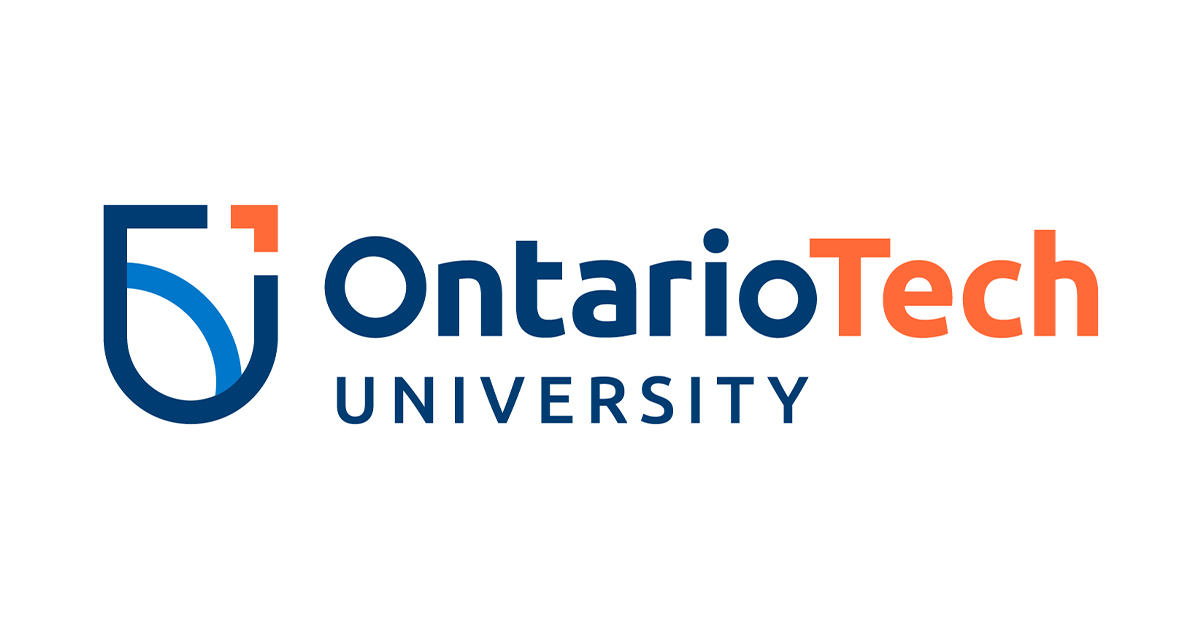The higher education policy context in Ontario
A critical juncture in Canadian post-secondary education
As highlighted in The State of Postsecondary Education in Canada 2023, despite having one of the world’s highest-quality post-secondary systems, the Canadian sector and particularly that in Ontario, finds itself at a critical juncture. Even with near-record revenues, many institutions find their finances more precarious than ever, raising the pressing question of how long this situation can be endured.
-
Long-term trends
Examining the past 70 years, we observe lasting long-term trends. Between 1955 and 1970, post-secondary institutions quintupled in size as a percentage of the entire economy, from about 0.5 per cent of gross domestic product to 2.5 per cent. That is often referred to as the ‘golden period’ of Canadian higher education, marked by a substantial allocation of provincial resources. Since then, the history of post-secondary education funding can be divided into two phases. From about 1970 until the late 1990s, public funding and total funding decreased in tandem. Then, as the 1990s went on, institutions began exploring private sources of funding, not only to offset declining funding but to increase funding overall. In the long run, this narrative reveals a story of public neglect but also underscores institutional resilience and entrepreneurial endeavours.
-
Ontario's financial challenges: Public funding disparities
Ontario currently ranks last amongst Canada’s provinces in public per-student funding. Over the past five years, since this government assumed provincial office, Ontario universities have experienced a reduction of more than 30 per cent in ‘government-controlled’ income, which includes provincial grants and domestic fees. The decline in fee income, exacerbated by high inflation, has had a significant effect. The government continues to freeze institutional grants in nominal terms, allowing inflation to erode the proportionate value of the contribution due to additional student enrolment. Additionally, in 2019, the government introduced a 10 per cent across-the-board reduction in domestic tuition for institutions and has maintained frozen fees at that reduced level. On a per-student basis, Ontario’s funding for universities stands at 57 per cent of the average in the other nine provinces (Figure 1). The sustained compounding effect of public-funding policies has pushed many Ontario universities into financial peril.

Figure 1. Total Income per Full-Time Equivalent Student (FTE), Canada vs. Ontario, 2021-2022
Column chart showing total income per full-time equivalent student of Ontario colleges compared to the rest of Canada. Ontario’s funding for universities stands at 57 per cent of the average in the other nine provinces.
Source: Usher, A., & Balfour, J. (2023). The State of Postsecondary Education in Canada, 2003. Toronto: Higher Education Strategy Associates.
For an accessible version of this chart, please contact info@higheredstrategy.com. -
Measuring the financial health of Ontario universities
In November 2022, the Ministry of Colleges and Universities (MCU) announced that they had begun developing financial indicators to provide transparent data and insight into the financial health of the province’s universities. In a recently released draft report, eight measures have been defined to illustrate an institution’s liquidity, sustainability and performance.
Universities will submit their first analysis to the province in the spring based on their most recent fiscal year end. If an institution is in the medium-risk category, it will have to develop an internal recovery plan with its Board that would address financial risks. If they are in the high-risk category the institution will retain a third-party or expert external advisor to review the institution’s finances, recovery plan and overall management strategies. A financially prudent approach to budgeting will potentially protect our fiscal autonomy (i.e. keep us off the government’s radar), but at the same time, it undermines a fiscally sustainable future as well as our commitments to excellence and innovation in all that we do.
-
Blue-Ribbon Panel
In March 2023, MCU launched a Blue-Ribbon Panel to make recommendations on how to best support the quality, accessibility and sustainability of the post-secondary sector. The panel was tasked to conduct research and to engage in consultations with key participants in the education system to identify actions that can improve the financial sustainability of the post-secondary sector, support the development of a skilled workforce, and promote economic growth and innovation.
The panel’s work is guided by the following five principles:
- Enhancing student experience and access.
- Improving labour market alignment.
- Keeping education affordable for lower- and middle-income families.
- Promoting economic growth and prosperity.
- Rewarding excellence and financial sustainability.
We have been informed that the panel has completed its report and submitted it to the MCU for review. Its release is imminent.
What does this mean for Ontario Tech?
Navigating unique financial challenges amid tuition cuts
The university recognizes the impending financial challenges that all post-secondary institutions across Ontario face, yet our unique position (i.e. small size, cost structures, the absence of substantial endowment fund) makes us particularly vulnerable. The impact of the province’s tuition cut in 2019, followed by a three-year freeze, has resulted in an inflation-adjusted decrease of 25 per cent in provincial funding over the past four years. This, combined with recurring and compounding year-over-year contractual increases in existing labour costs alone, creates an enormous budgeting challenge.
Focusing on our priorities
Our university community must stay focused on our own priorities as there is a prevailing belief that the Blue-Ribbon Panel report may not provide any groundbreaking solutions for the university sector. For example, a 3 per cent tuition increase aimed at returning to previous policy levels would cover less than half of today’s inflationary expense increases.
To avoid severe consequences a reversal of 45 years of government disinvestment is necessary, yet this is not an easy endeavour. The pattern of gradual disinvestment is not specific to a particular government or ideological trend; in fact, it reflects a persistently short-sighted, profound and troubling consensus among Canadian governments. Demonstrating relevance over the past four decades has not swayed our government funders from their commitment to disinvest in universities. As a result, we must explore radically new strategies.
